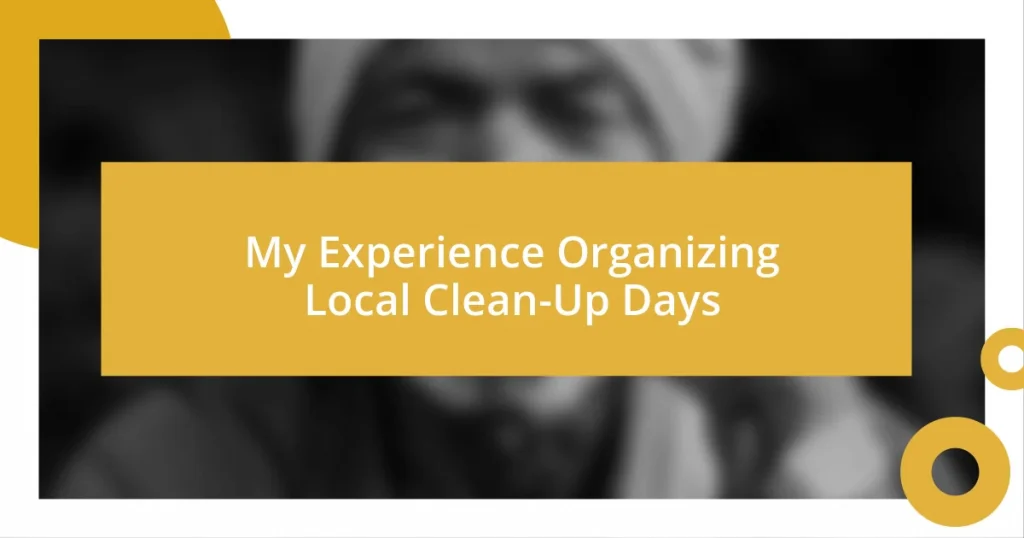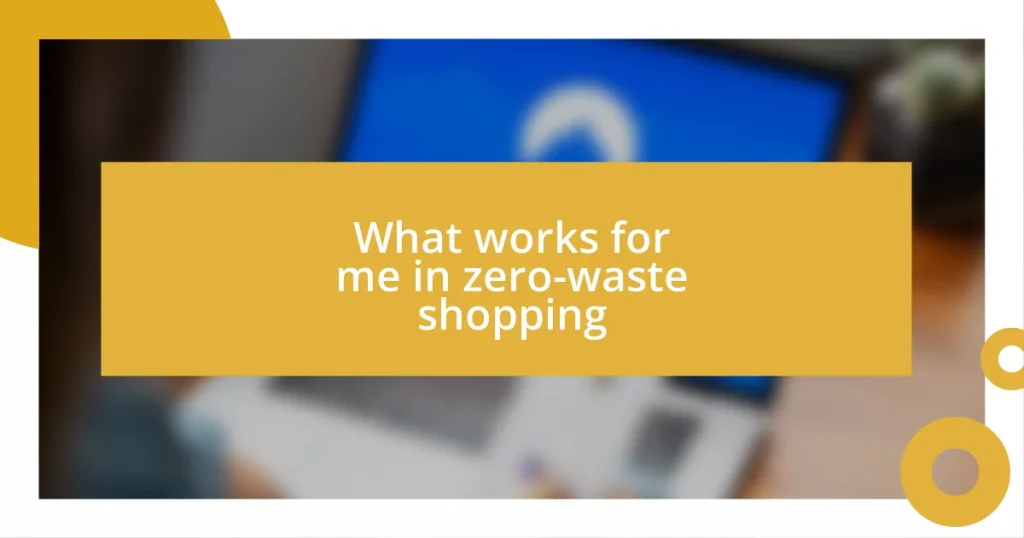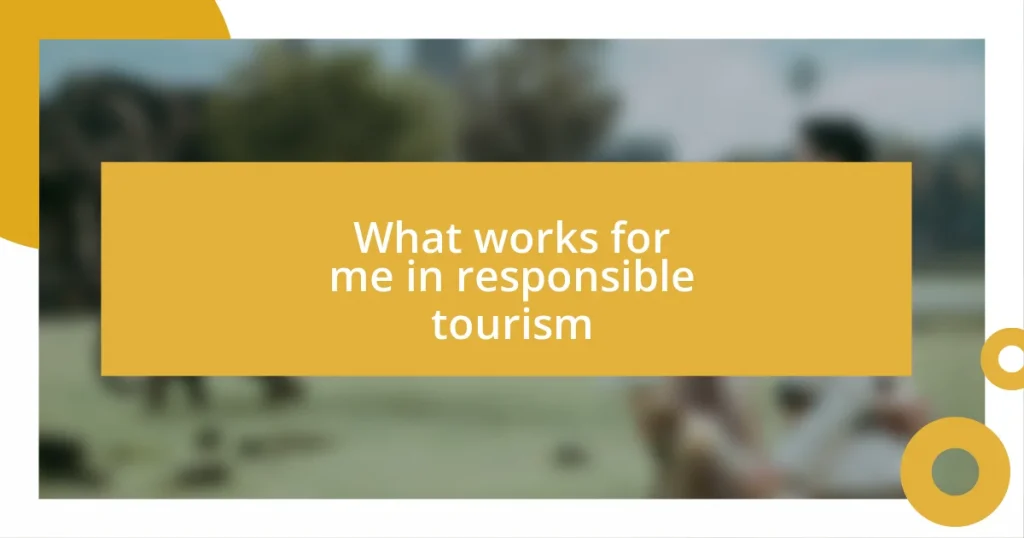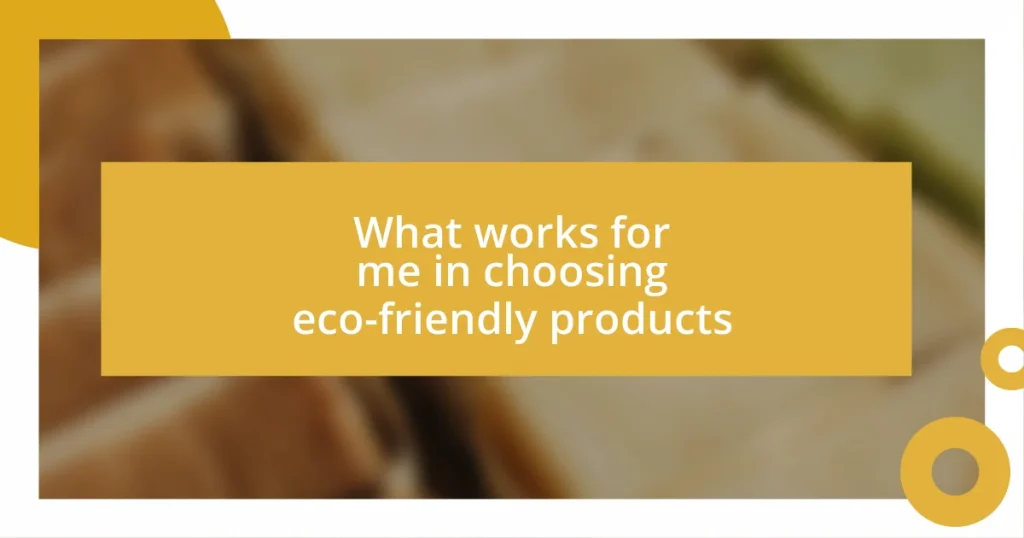Key takeaways:
- Clean-Up Days foster community bonds and pride, transforming participants’ perspectives on their environment and prompting relationships among neighbors.
- Effective organization and promotion of clean-up initiatives enhance community engagement, with recognition and collaboration with local businesses increasing participation.
- Celebrating successes and maintaining open communication encourages ongoing commitment, inspiring the community to sustain cleanliness efforts long after the events.

Introduction to Clean-Up Days
Clean-Up Days are more than just community events; they’re a chance for neighbors to come together with a common purpose. I still remember my first clean-up day in the local park. The camaraderie I felt while chatting with strangers over trash bags made the hard work seem light—who knew picking up litter could foster such connections?
Participating in a Clean-Up Day can be eye-opening. I was stunned by the amount of waste we collected in just a few hours. How often do we walk past litter without thinking about its impact? It made me realize that our surroundings matter, and every small effort contributes to a larger change in our environment.
Moreover, these events often ignite a sense of pride in our community. Seeing the park transform from cluttered to clean sparked a feeling of accomplishment in everyone involved. Have you ever stood back and admired the results of your hard work? The sense of ownership and responsibility can inspire people to maintain that cleanliness long after the clean-up day has passed.

Importance of Local Clean-Up Initiatives
I’ve always believed that local clean-up initiatives are vital for fostering community engagement. They provide a platform for individuals to step out of their daily routines and participate in something bigger than themselves. During my first clean-up, I noticed how neighbors who had never spoken before started chatting and sharing stories. It illustrates how shared goals can break down barriers and build relationships, enhancing the social fabric of our communities.
Beyond building connections, these clean-up initiatives are crucial for raising awareness about environmental issues. I was surprised when a young girl, participating for the first time, asked why we were picking up trash instead of planting flowers. It struck me that it was essential to educate participants about the impact of litter on wildlife and water quality. Such experiences deepen our understanding and motivate us to be advocates for a cleaner environment.
Additionally, organizing local clean-up days helps instill a sense of pride and responsibility in community members. I remember a day when we finished cleaning a local playground, and parents brought their children to see the results. The children’s excitement and gratitude were palpable, which made me feel that our efforts had tangible benefits. This transformation can inspire a continuous effort in maintaining cleanliness, turning a momentary activity into a lasting commitment.
| Benefits | Examples |
|---|---|
| Community Engagement | Neighbors bond while working together, like during my first clean-up when I met fellow residents. |
| Environmental Awareness | Participants learn about the effects of littering, as seen when a young girl asked about our trash collection. |
| Community Pride | After cleaning a playground, I saw children express joy and gratitude, showcasing the initiative’s impact. |

Steps to Organize a Clean-Up
Planning a clean-up day is an inspiring journey that requires thoughtful organization. First, gather your team, whether it’s friends, family, or local community members. I found that having a mix of enthusiastic volunteers makes a noticeable difference in the energy of the day. Next, choose the right location; I’ve always aimed for spots that people frequent, like parks or beaches, where the impact is readily visible. Informing local authorities about your plan can also enhance safety and support.
Here’s a quick checklist to guide you through the organization:
- Set a Date and Time: Pick a day with good weather and ensure it’s convenient for your volunteers.
- Promote the Event: Use social media, flyers, and community boards to spread the word.
- Gather Supplies: Collect trash bags, gloves, and any necessary tools like rakes or shovels.
- Provide Clear Instructions: Let volunteers know what to expect and where to meet.
- Prepare for Fun: Plan for refreshments or a small celebration afterwards to recognize everyone’s hard work.
Through my experience, I learned that little details matter. I remember one clean-up day where we played upbeat music, which lifted spirits and turned a tiring task into a lively get-together. A simple approach like this can create lasting memories and signal to the community that clean-ups can be enjoyable!
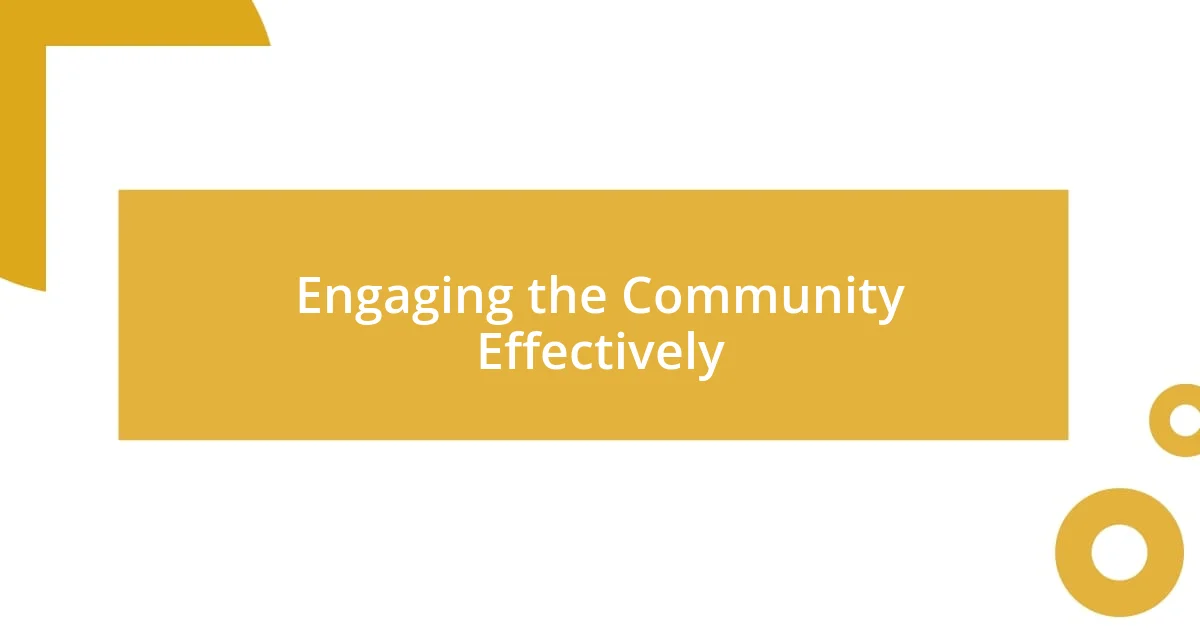
Engaging the Community Effectively
Engaging the community effectively during clean-up days requires a blend of genuine enthusiasm and clear communication. I recall the moment I created a Facebook group for one of our local clean-ups. The excitement was palpable when volunteers started sharing their motivations for joining, with some revealing their love for their neighborhood. Isn’t it heartwarming to see people come together for a common cause and celebrate their shared values?
Another key element is recognition. During one clean-up, I made it a point to call out individuals who went above and beyond—like the retired teacher who collected an entire bag of litter on her own. Seeing the smiles on their faces filled my heart and inspired others. I firmly believe that acknowledging contributions, no matter how small, encourages participation and helps make everyone feel valued.
Moreover, collaborating with local businesses can enhance community involvement tremendously. I once reached out to a nearby café, and they provided free refreshments for our volunteers. That simple act of kindness not only fueled us but also established a sense of partnership. Engaging these local players sparks interest and shows that the effort to beautify our surroundings is a shared responsibility. What better way to build relationships than by celebrating victories together, right?

Gathering Resources and Supplies
Acquiring the right supplies is a vital step for a successful clean-up day. In my experience, starting with a simple checklist makes all the difference. I usually focus on essentials—trash bags, gloves, and any necessary tools. One time, I even set up a collection box at my workplace to gather extra supplies like recycling bins and hand sanitizer. It was amazing how the community rallied together to contribute!
It’s not just about having the right gear; it’s also about considering the comfort of your volunteers. I learned early on to provide water bottles and snacks to keep everyone energized. When I organized a clean-up at a local park, I realized that offering refreshments created a welcoming atmosphere. Who doesn’t appreciate a cold drink after a hard day’s work? It turned that day from just another chore into a mini celebration.
Additionally, connecting with local businesses can significantly help in resource gathering. Reaching out to nearby hardware stores for discounts or donations opened doors I didn’t expect. On one occasion, a local shop donated a stack of gardening tools, which allowed us to leave the area not just clean, but also beautiful. Isn’t it wonderful when local businesses take part in community efforts? It fosters a spirit of collaboration that can lead to lasting partnerships and ensure future clean-ups are even more impactful.

Promoting Your Clean-Up Event
Promoting your clean-up event effectively is all about creativity and connection. I remember once creating eye-catching flyers that featured before-and-after photos of previous clean-ups. Those visuals sparked curiosity and excitement in my neighborhood. Have you ever noticed how a powerful image can motivate people to participate? It’s like giving them a glimpse of the difference they can make, which is truly inspiring.
Social media has become a game-changer in reaching wider audiences. I created an event page and encouraged participants to share their stories and experiences, resulting in a ripple effect of enthusiasm. Surprisingly, one post led to a local influencer volunteering her time, which attracted even more attention. It’s fascinating how one person’s passion can ignite a larger movement, isn’t it?
Lastly, I found that personal outreach can create genuine connections. I made it a point to talk to neighbors directly about the event—over coffee or while walking my dog. It was during these casual chats that I learned their concerns about litter in our community. Addressing their worries not only garnered support but also fostered a sense of unity. Engaging someone personally can turn a simple invitation into a heartfelt plea for change. This approach makes the event feel like a shared mission rather than a chore!

Celebrating and Sustaining Efforts
Celebrating the success of clean-up days is essential in reinforcing community spirit. After one particularly successful event, we hosted a small gathering at the park to acknowledge everyone’s hard work. I remember watching the smiles on everyone’s faces as we shared stories and laughter over snacks. Have you ever felt that warmth of connection when celebrating a shared achievement? It’s amazing how these moments can motivate individuals to continue participating in future events.
Sustaining these efforts requires ongoing recognition and assistance. I established a monthly newsletter highlighting our clean-up successes and upcoming events. I also included shout-outs to volunteers, which made them feel appreciated and valued. In one instance, a local volunteer shared how seeing her name gave her a sense of ownership in our community initiatives. It’s simple actions like these that can create a cycle of engagement and commitment, don’t you think?
To truly sustain our clean-up efforts, I found it essential to foster a culture of accountability and pride. During our follow-up meetings, we’d discuss not just what we tackled but how we could improve for the next clean-up. By inviting feedback and making everyone feel heard, I noticed volunteers began to take more initiative. This collaborative spirit can lead to innovations—like creating a “Maintain the Clean” challenge that encourages individuals to keep their neighborhoods litter-free. Isn’t it incredible how a few conversations can inspire ongoing change?










